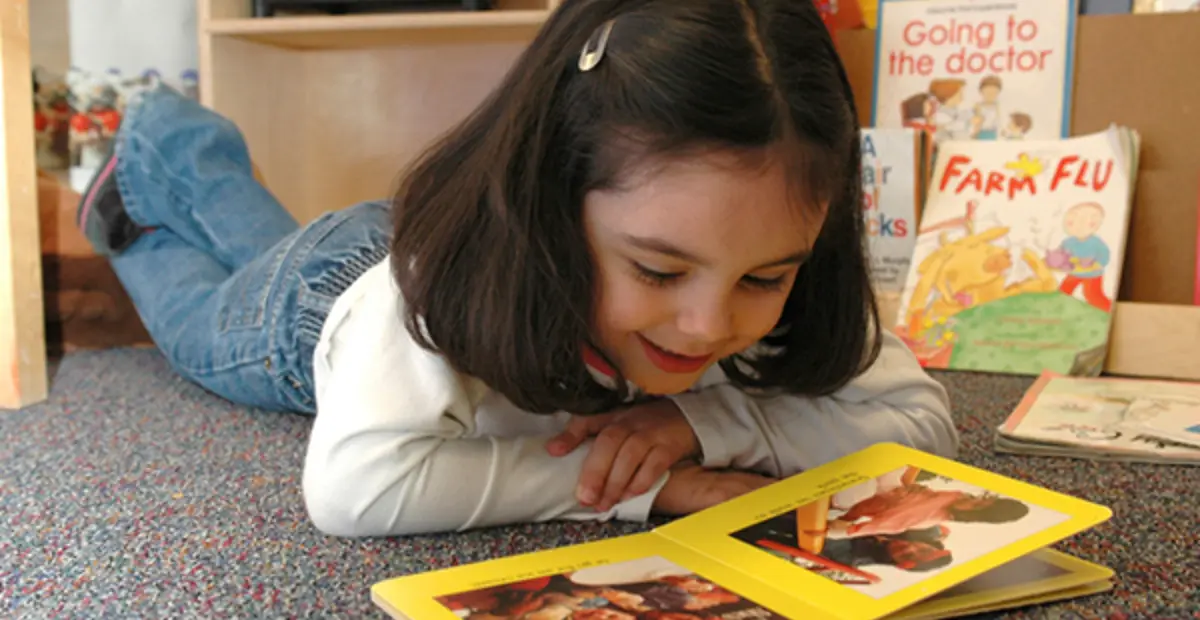Like developing anything important, building better students requires providing the right environment. This is an easier task when the children are in school. A school is filled with teachers, staff, and materials that serve the purpose of encouraging students to learn. Outside of the classroom, that encouragement is not always present. Those materials are not always available when they are at home. They do not need desks, whiteboards, or even computers to spend time learning at home. All they need are home libraries.
Having a library at home encourages students to spend time reading, and learning, outside of the classroom. Richard Allington, author of Summer Reading: Closing the Rich/Poor Achievement Gap, states that a handful of self-selected books could have a dramatic impact on a child’s learning over time.
In a multi-year study, he discovered that just adding 12 self-selected books to a home every summer can have the same learning impact that summer school offers. When books are convenient, it is more likely those books will be used by the students and parents. It creates a home environment that shows that reading is encouraged, especially when there are books within easy reach at all times. Helping parents build home libraries have other benefits as well:
- Continuous access to books – It can be difficult for parents, especially those in low-income families, to take their children to a local library over the summer. By developing home libraries, students have easy access to books all summer long.
- Topics of their choosing – Everyone is more likely to read books about topics that pique their interest. Teachers and parents can work together to build a home library of books that will encourage children to read not only through the summer but during the school year.
- Familiarity with the material – Children enjoy things that are familiar. They love their favorite toys and clothes. That same love of the familiar can apply to books, especially a favorite character in a series. A beloved character can expose them to new vocabulary over the course of that series, elevating their understanding of the language.
- Builds family literacy – Reading can be contagious. Once one member develops a passion for reading, it can spread to siblings and other people in the home. This has a multiplying effect of bringing more books into the home, creating a virtuous cycle of overall improved literacy for the family.
- Improved academic performance – Research shows that, even when wealth and location are taken into account, more books in the home leads to greater academic performance. Owning 500 books can add 3.2 years of educational gains over time, according to Research in Social Stratification and Mobility. Even the addition of one book can have an impact on educational gains.




